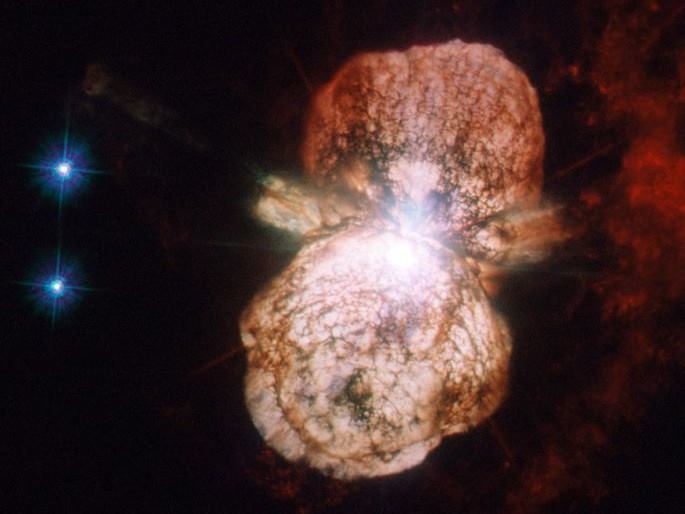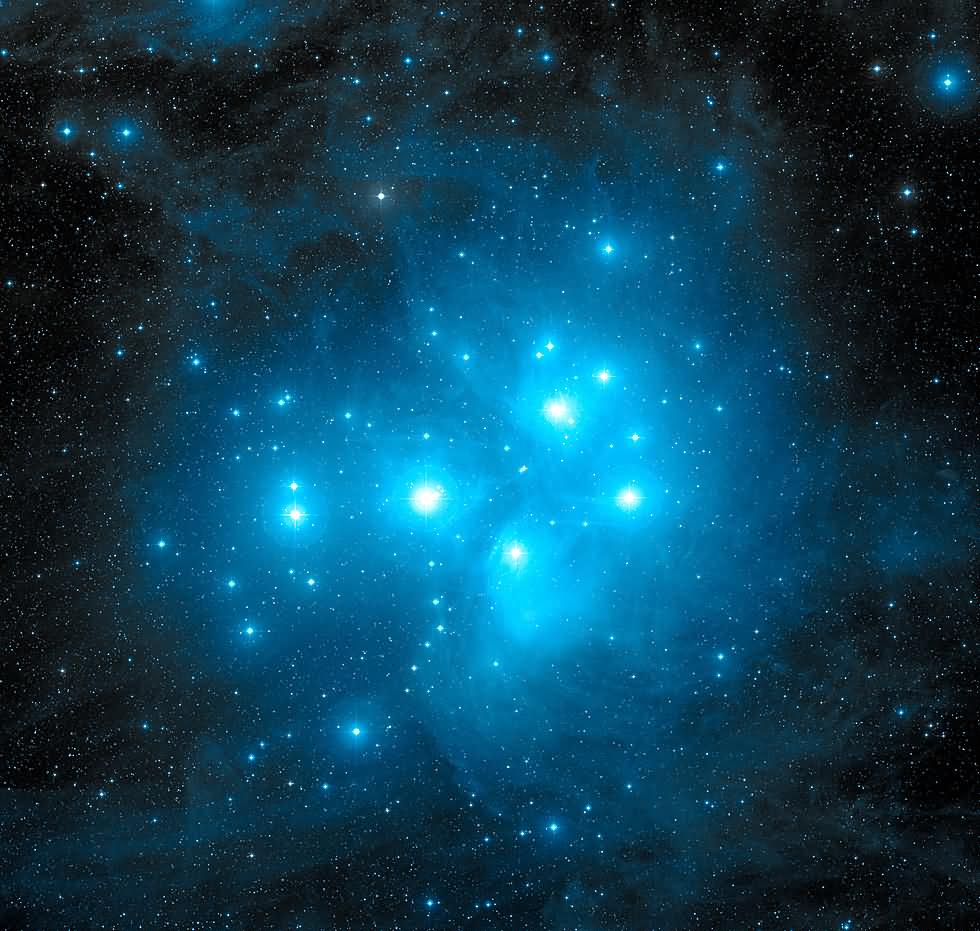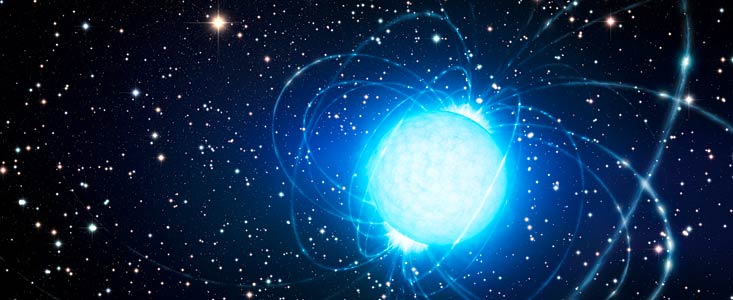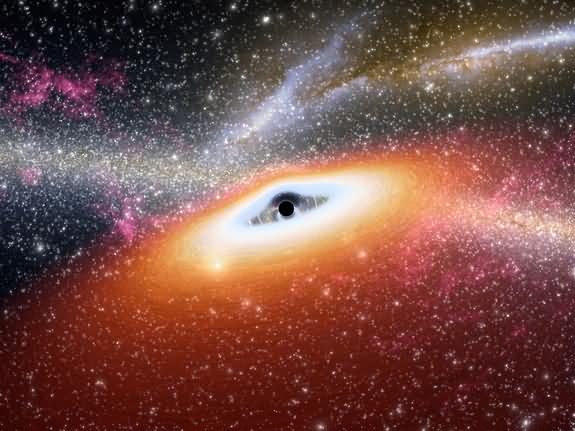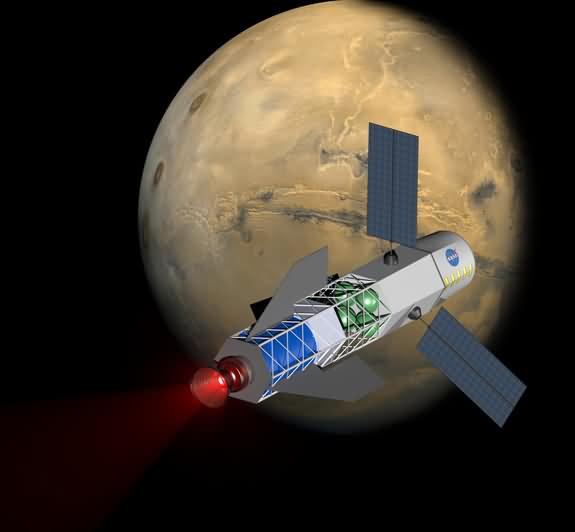Eta Carinae
When discussing Eta Carinae, the word "monster" inevitably comes to mind. It's such a monster that some media articles have stated that its demise would also bring about the demise of life on Earth. Some newspapers have reported that gamma rays from Eta Carinae would scorch our atmosphere, ending life on Earth. In the worst-case scenario, the gamma rays released during a potential explosion would destroy the Earth's ozone layer and a large portion of the Earth's surface. Acid rain would rain from the sky, and within seconds, the half of the Earth facing Eta Carinae would be exposed to an incredible radiation intensity. The impact would be far more severe than a major atomic war. This isn't the product of any book of faith describing the Day of Judgment; it's an event some contemporary newspaper columnists have written about and some scientists have considered and discussed. Eta Carinae remains in place for now, but if these worst-case scenarios are justified, then humanity's future is at the mercy of this unpredictable monster. But before you succumb to fear, I recommend reading this entire text. I'm sure you'll be relieved to hear a sigh of relief at the end :). Let's first explore what Eta Carinae is, and what the rationale behind these newspaper articles, ultimately written to boost circulation, might be.
WHAT IS ETA CARINAE?
 η Carinae, or Eta Carinae, is a very massive variable binary star. Variable stars are stars that vary in brightness over a period of less than a century. This brightness variation should not be confused with the twinkling of stars due to varying air currents in the sky. Furthermore, the use of a century as a base should not be surprising, as a century is generally a very short period for stars in the universe, and stars do not normally change their brightness significantly during such short periods. These variations occur due to profound processes within the stars. I will explain these processes and their causes below.
η Carinae, or Eta Carinae, is a very massive variable binary star. Variable stars are stars that vary in brightness over a period of less than a century. This brightness variation should not be confused with the twinkling of stars due to varying air currents in the sky. Furthermore, the use of a century as a base should not be surprising, as a century is generally a very short period for stars in the universe, and stars do not normally change their brightness significantly during such short periods. These variations occur due to profound processes within the stars. I will explain these processes and their causes below.
Eta Carinae has a mass of about 100 to 120 times that of our own sun, and its luminosity is about four to five million times that of our sun. Being a binary star means that in Eta Carinae, the two stars orbit each other at relatively short distances, much like the Earth and the Moon orbit each other.
Eta Carinae takes its name from the constellation Carinae (or Karina in Turkish) in Earth's southern hemisphere. This binary star lies approximately 7,000 to 10,000 light-years from Earth within the star cluster known as Tr 16. This star cluster, in turn, is within a vast nebula complex known as NGC 3372, the Carina Nebula.
Eta Carinae, with all its characteristics, falls into the blue-light variable and supergiant star types. While the supergiant star type is well-known after what we've discussed, it's worth briefly explaining the blue-light variable type. I'll revisit this topic later in this text.
Eta Carinae is likely the Milky Way's largest star; at least, no star with a greater mass has yet been observed in the Milky Way. The main characteristic of this binary star that concerns us is that it is nearing the end of its life and will likely explode in a supernova (starburst) in the near future. This imminent supernova explosion was the reason for the articles I described above, and the authors have significantly exaggerated their analyses. When I say short time, in astronomical terms, this timeframe could be several thousand or even millions of years, but it could also be just a few months or days. However, I must say that in the worst-case scenario, all the claims that this star poses a threat to Earth are completely unfounded. Since this binary star is approximately 7,500 light-years away, the shape seen in the image reflects its appearance 7,500 years ago. Considering that light travels 300,000 kilometers per second, you can understand how far away this binary star is from us. Additionally, some scientists claim that due to its size, this star will transition directly to the black hole phase without turning into a supernova.
WHAT DO WE SEE IN THE PHOTO?
When we look at this photograph taken by the famous Hubble space telescope, we see two cloud bubbles resembling a brain. For this reason, some astronomers use the term "The Brain" when discussing this formation. The photograph may give the impression that this binary star has already exploded. In other words, the dumbbell-shaped gas bubbles appear to belong to exploded objects. I will explain below how these bubbles, which are propagating into space at a speed of two and a half million kilometers per hour (1,000 kilometers per second), are formed. Because of their similar appearance, these bipolar gas bubbles are also called the Homunculus cloud. You can research the meaning of Homunculus if you wish, but since it has no astronomical meaning or relevance to our topic, I will not elaborate further on the term here. I will simply link to the German Wikipedia article: https://de.wikipedia.org/wiki/Homunkulus, as the image there is quite descriptive.
So, where is Eta Carinae in this cloud? The cloud is so large that we can't see the binary star Eta Carinae. I can only explain where it is. The binary star is naturally located in the middle of those two dumbbell-shaped clouds. Although they appear spherical in the image, the clouds are not spherical but rather conical, diverging from the center. So, according to what I've described, Eta Carinae is where the tips of these cloud cones meet. The cones radiate out into space in the direction of the binary star's rotation axis. The binary star continues to eject enormous amounts of material in the direction of the cones, enlarging them. The length of the cloud from one end to the other is a little over half a light-year. To understand what this means, it's important to consider that if we consider the solar system's orbital length to be the size of Pluto, we can fit our solar system into this cloud approximately 400 times its length.
If you also pay attention, you can observe the formation of a relatively thin cloud, ejected into a disk at the level of the binary star's equator, perpendicular to the direction of the cones' trajectory, that is, their rotation axis. According to velocity estimates, this disk is moving faster than the cone clouds, but comparing their dimensions reveals that the disk cloud must have been ejected much later than the cone clouds. I will discuss the formation of this disk below.
HISTORY OF ETA CARINAE
The recent history of this star, which appears so bright despite being 7,500 light-years away, is quite well known. By recent history, we mean 100 to 500 years in the past. Astronomy, the true study of celestial bodies, began approximately 400 to 500 years ago, and 500 years ago, this star was first observed. Visible from the southern hemisphere, Eta Carinae was first discovered as an ordinary star in 1677. By 1730, it had become the brightest star in the southern hemisphere, meaning its brightness had increased dramatically over the past 63 years. By 1782, it had returned to its normal stellar brightness. The star grew brighter again in 1820, increased tenfold in 1827, and by 1843, it had become the brightest star in the sky after Sirius. Why am I emphasizing this? Because Sirius is 1,000 times closer to us than Eta Carinae. Eta Carinae is about 7,500 light-years away, while Sirius is only 8 light-years away. Hopefully, you now have a better understanding of what a variable star is. So, what's happening with this magnificent star?
WHAT'S HAPPENING IN THE STARS
In this article, I'll briefly review the general workings of stars: Stars convert hydrogen at their cores into helium through nuclear fusion. The speed of this process is determined by the star's mass; in other words, the greater the star's mass, the greater the gravitational pressure exerted on the center. This pressure maximally increases the temperature at the center, accelerating the rate of nuclear fusion. The crucial point here is that nuclear fusion releases enormous energy, consistent with Einstein's formula E=mc², because after fusion, the nuclei are slightly lighter than their pre-fusion mass, and this loss of matter is completely converted into energy. In this way, our own sun converts 4 million tons of matter into pure energy in a single second. In fact, if we compare the energy produced by our sun to the energy released by the Hiroshima bomb, it could be said that approximately 6 trillion Hiroshima bombs explode in our sun every second. This energy easily surpasses all the energy consumed by humanity to date. Now, consider the energy production at Eta Carinae, which is a hundred times more massive than our Sun. Nuclear fusion at Eta Carinae is occurring at such a rate that while our Sun has a lifespan of approximately 10 billion years, Eta Carinae, at least 100 times more massive, will not exceed 10 million years. This star is currently in its final stages, considering astronomical timescales. Stars that form larger nuclei after helium become increasingly heated, and their activity increases dramatically. As you can see, gravity pulls inward on a star, and the energy of nuclear fusion, resulting from this pressure, creates outward pressure. The reason a star doesn't collapse is because this internal and external pressure is balanced. Furthermore, every heated body emits cooling radiation. Earth, including living things, also emits such radiation, but because its frequency is below that of visible light, we don't see anyone glowing. For example, everyone knows that when iron is heated enough, it emits red light due to its ignited heat. The same applies to stars. Our Sun's heat causes it to emit a yellow light frequency. The higher the temperature, the more energetic the emitted cooling rays, and this corresponds to the higher frequency. Blue light is the highest frequency in visible light. Eta Carinae's immense heat also reaches frequencies that allow it to emit blue light, making it a blue light variable. I plan to cover what happens inside a star in more detail in a dedicated article, but this will suffice for now.
WHAT'S HAPPENING AT ETA CARINAE?
Stars that form increasingly larger cores throughout their lives also experience a corresponding increase in temperature. Large stars like Eta Carinae, in particular, experience much greater temperature increases over the course of their lives than smaller stars. While our Sun's surface temperature is approximately 6,000 degrees Celsius, Eta Carinae's reaches 25,000 degrees Celsius. This means that life around this star is inconceivable. Sunburn would be minimal for a living being on a planet near this star, which emits enormous amounts of UV radiation. Furthermore, massive stars like Eta Carinae have relatively large volumes. This has a significant impact. While smaller stars can easily maintain their mass, the gravitational pull of larger stars on regions farther from their centers is much weaker than that of smaller stars. As you can see, because gravity weakens with distance, the gravitational pull felt by larger stars, located farther from their centers, is weaker. Furthermore, the outward flow of energy from their centers also pushes these shells outward. As you can see, massive stars like Eta Carinae can lose their shells much more easily. The light from this star is so intense that it pushes them outward. For example, imagine someone shining a flashlight at you, and the light from the flashlight is so intense that it throws you back. When the star's shells expand to a certain point, this light pressure naturally decreases, and after a certain distance, the weight of the shells causes them to fall back toward the star. In this way, the star beats like a heart, growing and shrinking, increasing its brightness tremendously as it grows, and then dimming again as it shrinks. This mass of shells falling back onto the star increases its mass, and this increase in mass is reflected in the equatorial regions. Because the masses in the star's equatorial region reach the highest speeds around its axis, they are subjected to the highest centrifugal force, and are dispersed by the star's radial pressure, forming the magnificent disk in the star's central region. Those unfamiliar with centrifugal force have most recently encountered this force when it spins on its axis. The further you move your arms away from your body as you rotate, the harder it will be to pull them back in because as you extend your arms, the speed of your hands increases, which increases the tendency for your hands to move away from your body, in other words, the centrifugal forces.
Recently developed technology called Speckle has made it possible to image even regions within the clouds. Four small-scale explosion clouds have been observed in these regions. These four clouds are the sources of the bright bursts that humans have been observing this star since it began. Apparently, this massive star periodically ejects the remnants of its most recent nuclear fusion processes into space as a cloud, resembling a shotgun. While it can't be precisely detected, this happens approximately every fifty to sixty years. During this process, as I mentioned, the star reaches an incredible brightness. The remarkable thing is that the brightness we observe isn't the star's own brightness, as the star itself is not visible through the clouds covering it. What we see is the lower glow given off by the clouds, which the star brightens and heats as they reradiate the heat. This makes this star a favorite of scientists, as this star's characteristic allows them to conduct excellent analyses. The clouds' own radiation, generated by the star's radiation, provides invaluable information about the clouds' composition. Scientists can now observe theoretical information, which they can only obtain through computer simulations, in reality. For example, to the question, "Can a star produce such an incredible intensity of radiation that it pushes its outer masses outward?", Eta Carinae directly answers, "Yes, it can!" This star, which changes at a rate that would fit within a human lifetime, allows a scientist to devote their entire lives to this star.
ON THE DANGER OF STARBURSTS
Every 30 years, a star somewhere in the Milky Way explodes and goes supernova. Importantly, since the formation of our Earth and solar system over the past four and a half billion years, no supernova has ever occurred in our immediate vicinity. During this time, our Earth has not been hit by high doses of gamma rays or X-rays. This can be detected in the Earth's crust. A supernova destroys or obliterates all objects within a radius of approximately 30 light-years. Observations indicate that Eta Carinae is a star close to exploding, as it has recently been observed to be experiencing renewed activity. Finally, it should be noted that Eta Carinae will most likely transform into a black hole, either after its supernova explosion or directly. Any black hole passing near our solar system would pose a significant threat to life on Earth. However, considering its distance from this star, it poses no threat to Earth. Even if Eta Carinae were to become a black hole, it would never come near our solar system. In fact, it can be said that there are many black holes much closer than Eta Carinae, and these black holes have not passed close to us so far.
FINAL WORDS
Of course, much more could be said about Eta Carinae. Some interesting information is included, but since this text is long enough, and we've covered at least a few of its wonders, and learned a lot about the stars along the way, I'll end with a few final remarks.
Considering that the magnificent image taken by the Hubble Telescope shows the star as it appeared 7,500 years ago, it's quite possible that by the time you're reading this, the star has already exploded, and its fragments are already on their way to us. But again, there's no need to worry; the star is so far away that little else will reach us from its explosion, other than a relatively weak shower of neutrinos and the spectacular glow of the explosion.
Author: İlker Savas

